 by Amy Zellmer
by Amy Zellmer
Accessible yoga has become a buzz word in recent years, but what does it really mean?
In the United States, yoga has become more of an ”exercise class” in recent years — if you’ve ever attended a Core Power Yoga class, you know what I’m talking about. Don’t get me wrong, these classes serve a purpose for those seeking high-intensity cardio, but it’s unfair to call these classes ”yoga,“ as yoga should be accessible to everyone and every body, and high-intensity cardio isn’t necessarily accessible.
In order to be truly accessible, the teacher has to first and foremost know how to help students modify poses for a variety of reasons that could include mobility, balance, injury, dysautonomia, or trauma. Of course, no one teacher can be expected to know how to modify for every single issue that could arise; however, they should have a solid basic understanding of how to help their students.
I have been in classes where the teacher tells the student to just stay in child’s pose if they are not able to do whatever “big” pose they are working on in class. That’s simply not fair to the student who would like to learn how to do the pose in a safe, modified way. For some, it would mean remaining in child’s pose for almost the entire class. Some studios promote themselves as “accessible,” and meanwhile you have to walk up two flights of stairs to get to the studio … this is NOT accessible.
It’s not entirely the teacher’s fault; they just haven’t had the proper education in their teacher training (or perhaps didn’t even take a teacher training course). Another reason could be that they never considered themselves in the shoes of someone with a different body from their own (such as a bigger body).
I know that in my early college years when I was thin and bendy, I still had large boobs that got in the way during a low lunge. I would instinctively modify the pose by placing both hands on the inside of foot (instead of one on each side). The teacher came over and asked why I was doing that, and I told her because my boobs were in the way. She kind of giggled and said, “Oh, OK.” Clearly, she had never experienced squished boobs in low lunge pose.
The same holds true for a larger body, a body with thick thighs, a weak body, an older body, or a disabled body. Every single body can do yoga. You don’t have to live in that body in order to know how to help that body modify their yoga in order to receive the incredible benefits of yoga.
In 2014 I suffered a traumatic brain injury (TBI). I had a lot of physical injuries in addition to my brain injury symptoms, which include dizziness, balance issues, eye tracking problems, cognitive fatigue, and so much more. I turned to my yoga teacher to help me find yoga poses that I could do, even with all of my injuries. She gave me five poses — that’s it, just five —including tree pose holding onto a chair, eagle arms, seated twists, cat-cow with my neck neutral, and puppy dog pose.
I did these five poses every single day for 10 minutes. During this time, I began to truly understand the healing benefits of yoga. My body became stronger and I started to gain back more mobility. My balance improved, and my dizziness lessened. If I had not had a teacher who understood how to make yoga accessible to me, I may have never experienced such a transformation in my own recovery.
My own experience is what has motivated me to help others experience the power of yoga in their own recovery, whether it’s from a TBI or a different injury or illness. Or maybe they are just looking for a way to de-stress in their busy lives. Whatever their reason for coming to yoga, I am passionate about helping them realize their full potential and helping them get better tuned-in to their bodies. Many will not need modifications, but for those who do, I am confident in my ability to help them get the most out of their yoga session.
I teach all of my classes how to do a full yoga practice seated in a chair without an inversion. Even a fully able-bodied individual may want to understand the benefits of chair yoga, because you can truly get a full workout by staying seated!
So back to the question of what does accessible yoga mean?
For me, it means that every single person who walks through my door (or in today’s world, comes into my zoom room) is going to be able to experience a complete yoga practice whether they stay in a chair, don’t participate in inversions, or have to modify every single pose to their ability level.
Of course, not every single pose can be modified for a disabled or weak body, but we can always find something similar so that they feel they are fully participating … and not just sitting in child’s pose for the entire class.
Yoga is so much more than just exercise. It has so many amazing benefits including reducing anxiety and stress. A regular yoga practice can help us become stronger and more flexible, while getting in touch with what our body needs in any given moment. Our bodies are constantly telling us everything we need to know, and yoga is an incredible tool to help us listen.
When you begin to unlock the benefits and uncover the ”mystery” of yoga, you will be amazed at what your body is capable of, no matter what body you may be in at the moment.
Join me for monthly accessible yoga classes via zoom for only $10/month … visit my Patreon site to register.
Watch my 20 minute brain yoga practice HERE.
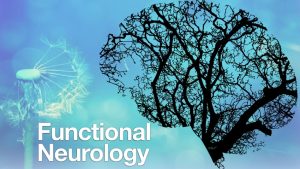 A functional neurologist is a type of doctor, typically a Chiropractor with a DACND credential, who specializes in treating neurological conditions and disorders through targeted exercises and other non-invasive therapies. They are also sometimes called a Chiropractic Neurologist.
A functional neurologist is a type of doctor, typically a Chiropractor with a DACND credential, who specializes in treating neurological conditions and disorders through targeted exercises and other non-invasive therapies. They are also sometimes called a Chiropractic Neurologist.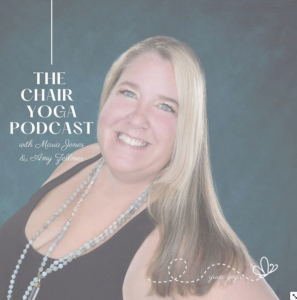 I have recently been on three podcasts that I want to share with you!!
I have recently been on three podcasts that I want to share with you!!
 The #1
The #1 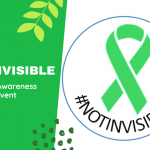
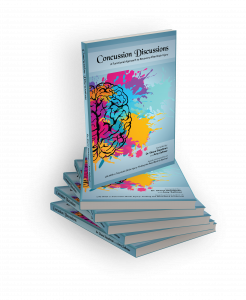
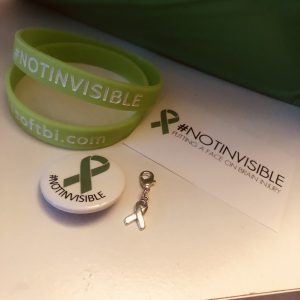 For a limited time I am offering a care package that includes:
For a limited time I am offering a care package that includes: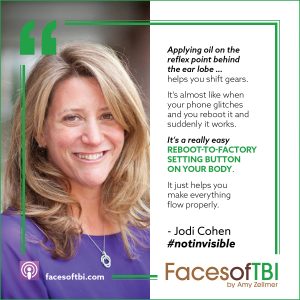 Jodi Cohen, award winning journalist and founder of Vibrant Blue Oils, discusses the benefits of essential oils in functional neurology. By stimulating the parasympathetic nervous system, essential oils can shift the brain out of fight-or-flight mode and begin the healing process. Applying oils to trigger points on the body can benefit the entire system of the body, and aid in the recovery process in unexpected ways.
Jodi Cohen, award winning journalist and founder of Vibrant Blue Oils, discusses the benefits of essential oils in functional neurology. By stimulating the parasympathetic nervous system, essential oils can shift the brain out of fight-or-flight mode and begin the healing process. Applying oils to trigger points on the body can benefit the entire system of the body, and aid in the recovery process in unexpected ways.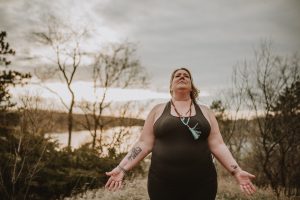 Mindfulness is all about allowing ourselves to be in the present moment — not worrying about what happened yesterday, or stressing about something that we have to do tomorrow — it’s about being in the right here and now.
Mindfulness is all about allowing ourselves to be in the present moment — not worrying about what happened yesterday, or stressing about something that we have to do tomorrow — it’s about being in the right here and now. by Amy Zellmer
by Amy Zellmer May is Mental Health Awareness Month, so let’s explore a few therapeutic strategies.
May is Mental Health Awareness Month, so let’s explore a few therapeutic strategies.